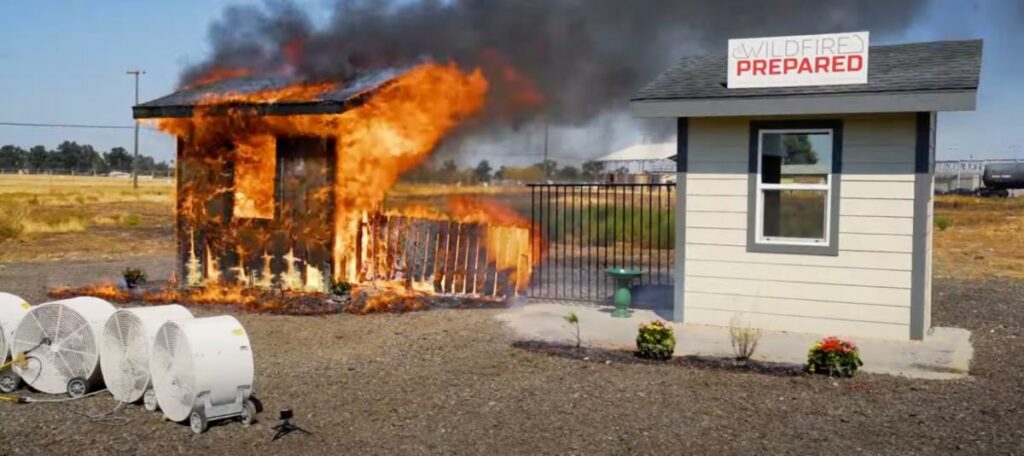
Besides knowing details about the products they sell, construction supply dealers also are often a market’s leading source of information about limiting dangers to a home from natural disasters like wildfires. Thus, it’s in dealers’ interest to watch how the insurance industry is getting more involved in the conversation.
The first sign involves coverage and rates. “In California, where fires have consumed more than roughly 220,000 acres of land in just this year, major insurers like State Farm, Allstate and Farmers have all pulled back,” The New York Times reported July 15. “In some areas, they have stopped writing new policies and have canceled some existing policies. This month, State Farm asked California’s insurance regulator to approve a 30 percent rate increase for the owner-occupied home insurance it still provides in the state.”
The industry-backed Insurance Institute for Business & Home Safety is urging new standards in products and practices in wildfire-prone places. During the Pacific Coast Builders Conference, it built two small structures side by side. One had attached to it a wood fence and was ringed by shrubs and mulch. The other had a non-combustible fence, a five-foot “moat” of pavement around the structure, and protective coverings to stop burning embers from getting into roofs vents and eaves.
“After a blaze started by local firefighters, all that remained of the conventionally built structure was a single, smoldering plank,” the Times reported. “The fire-resistant building stood untouched.” (See photo above.)
Will homeowners embrace such changes? For many, the decision may come down to deciding whether the cost (both financially and aesthetically) of fireproofing outweighed the higher premiums they likely will have to pay—plus the potential cost of replacing a burned-out home—if they don’t change. Either way, there are implications and opportunities that dealers will need to master.

